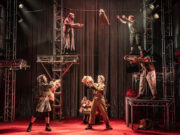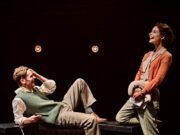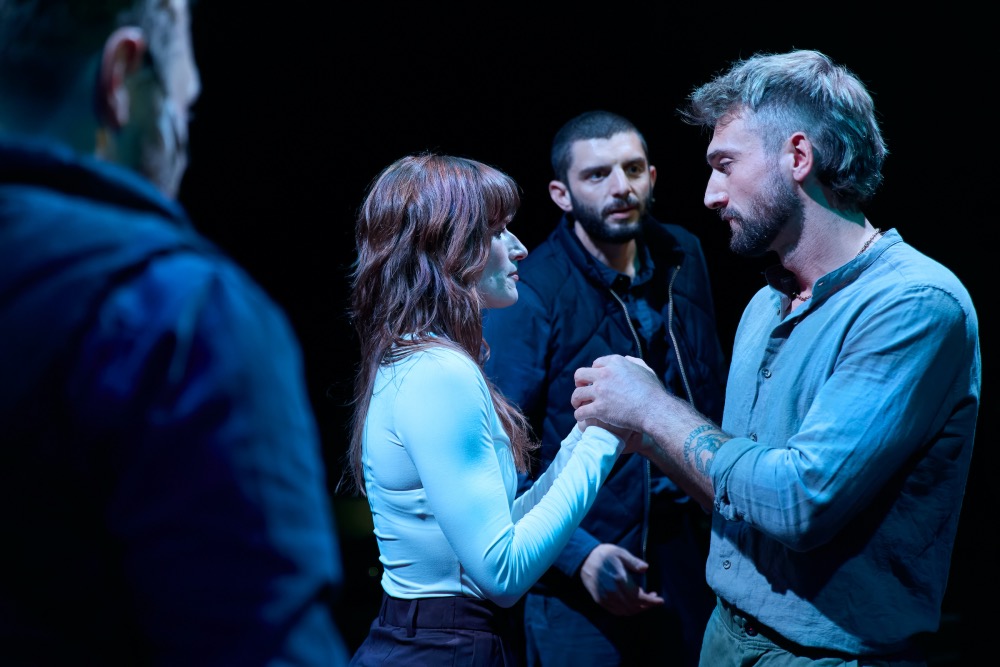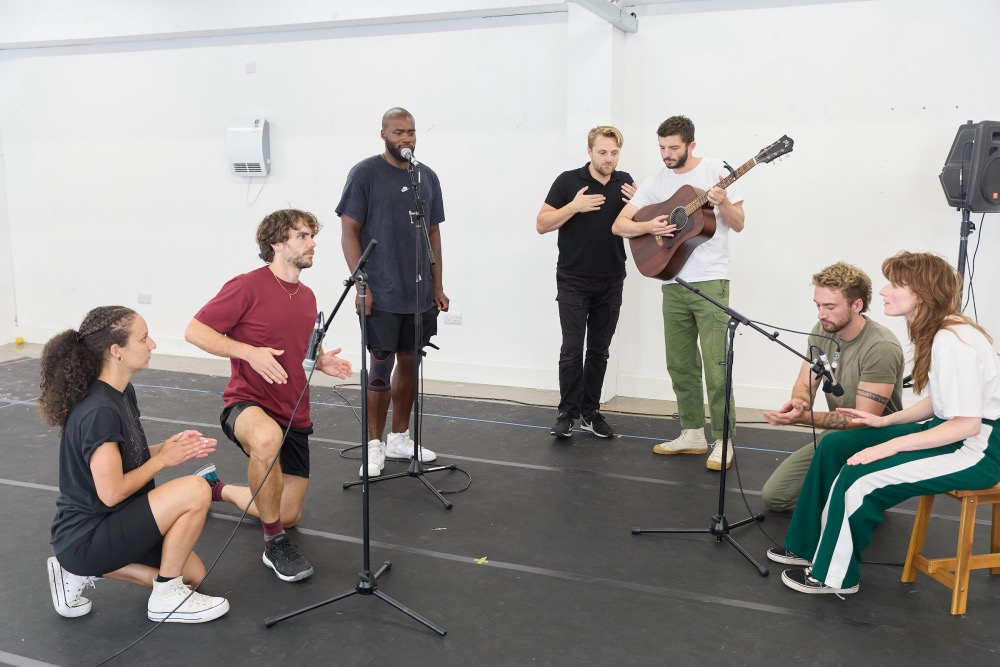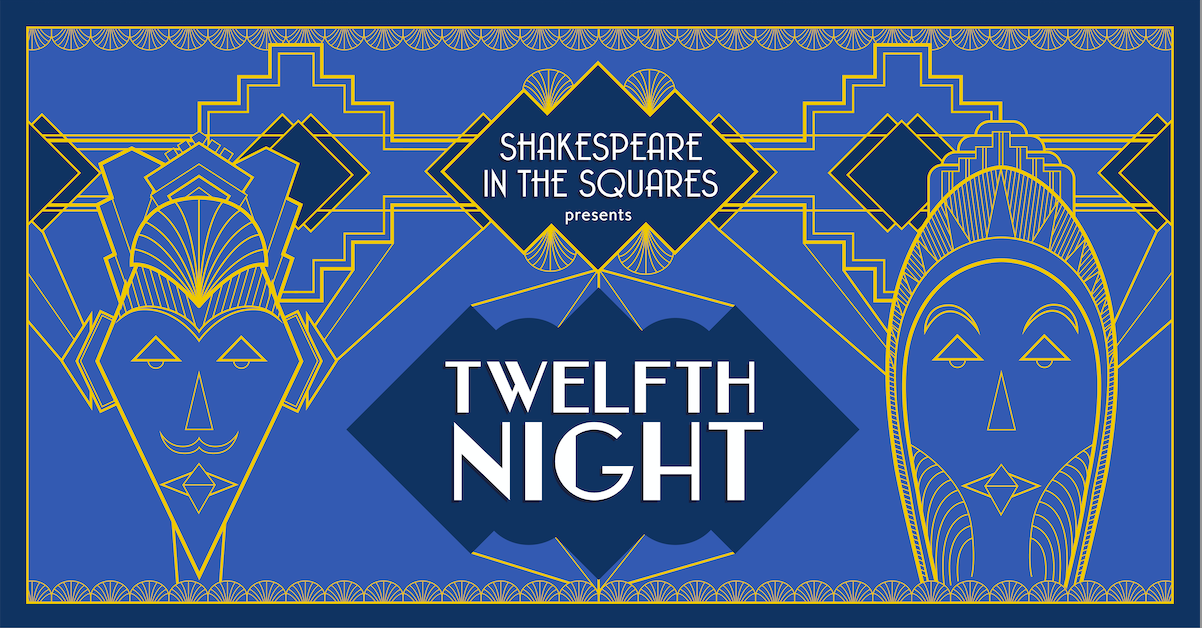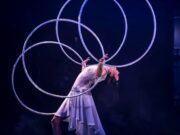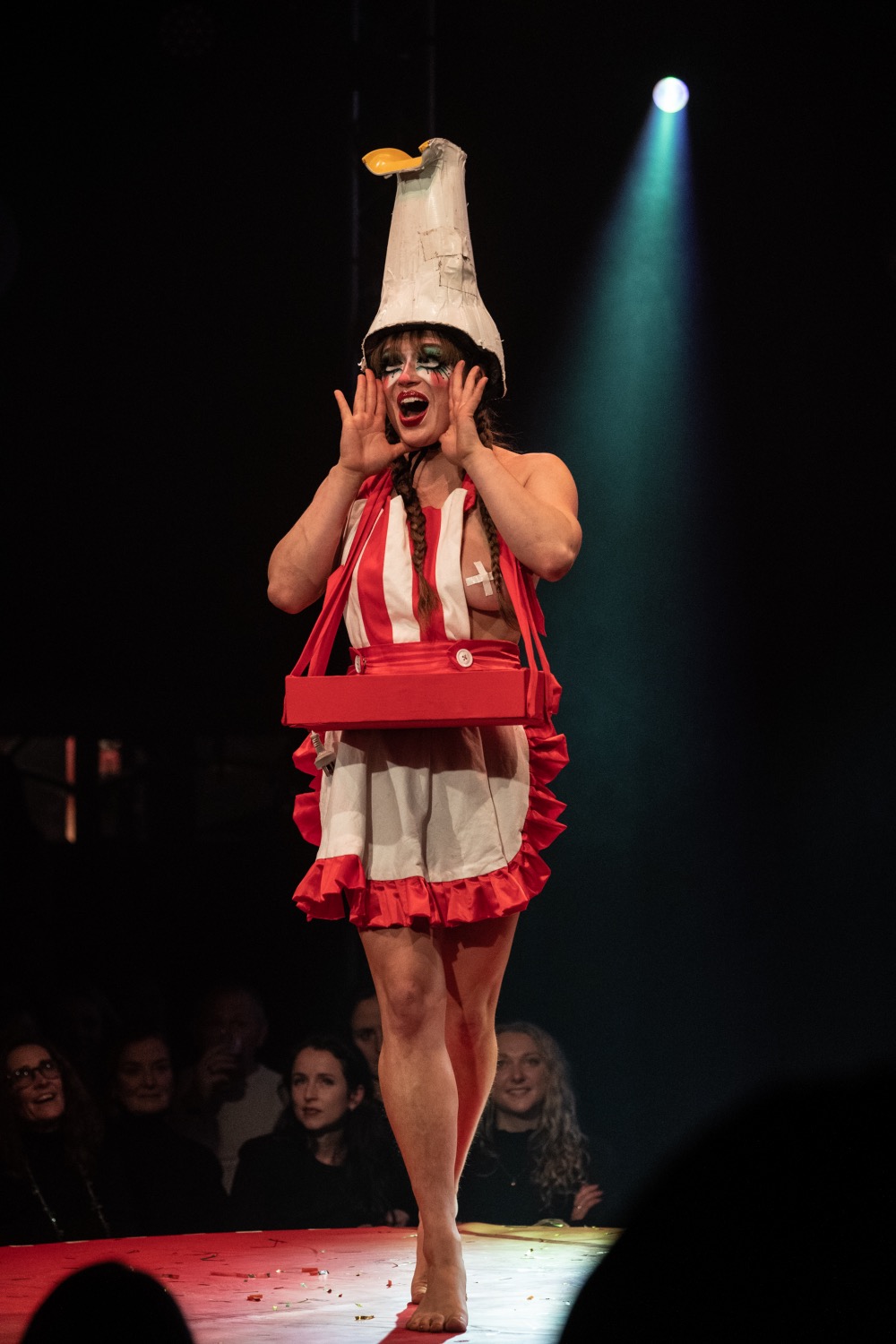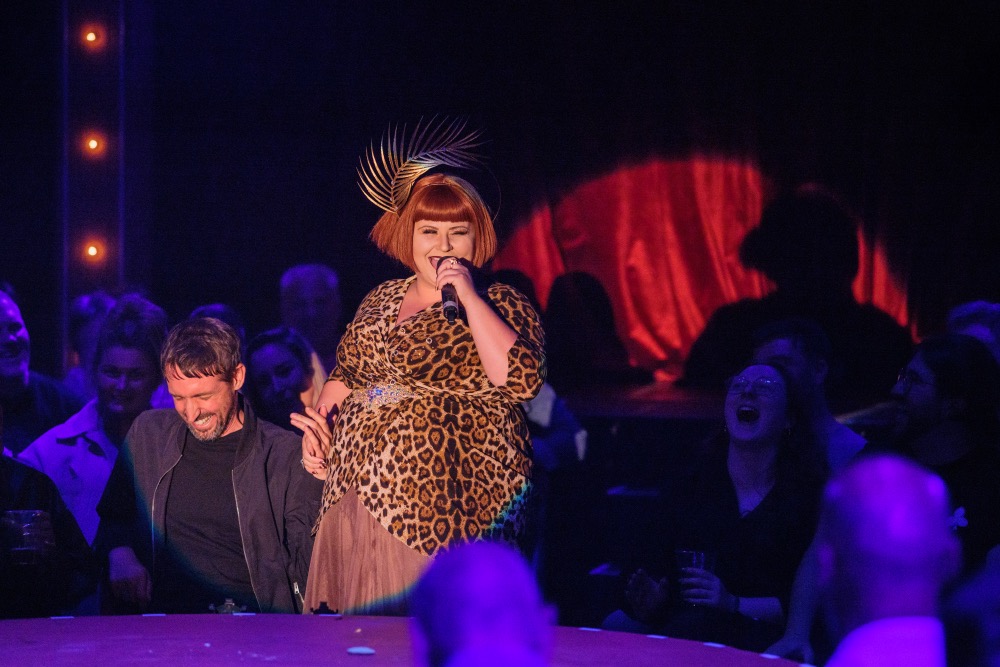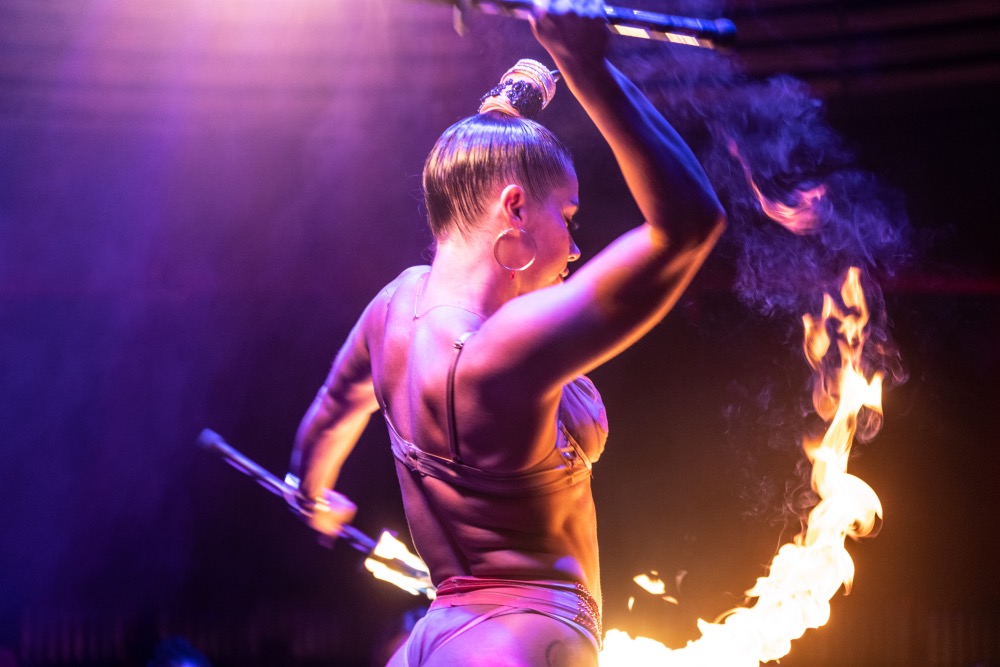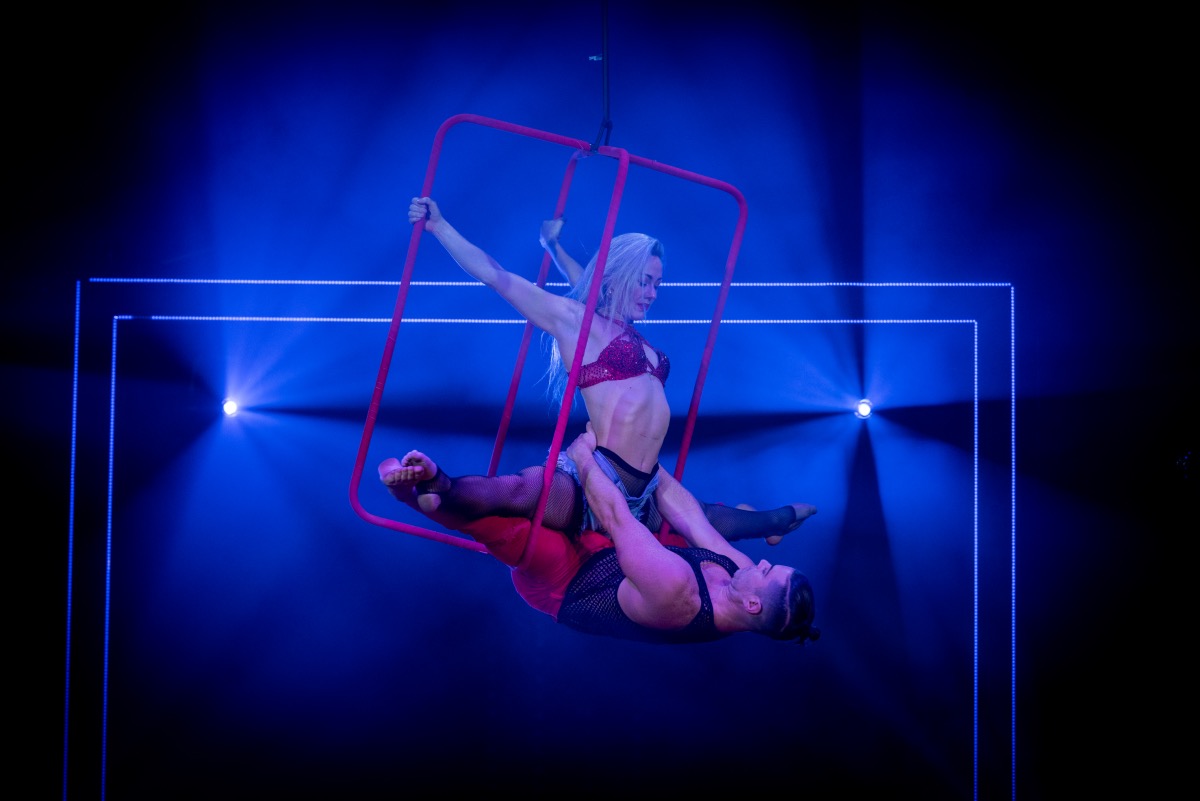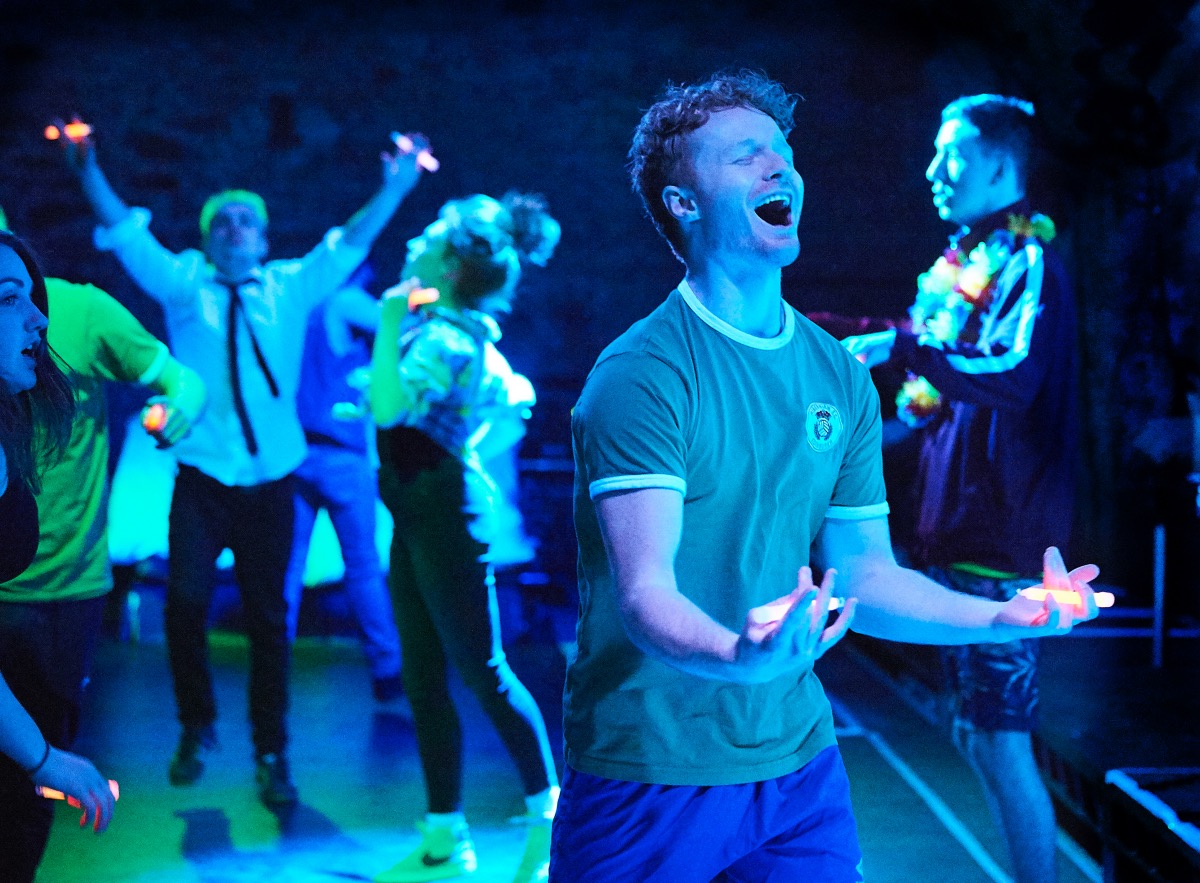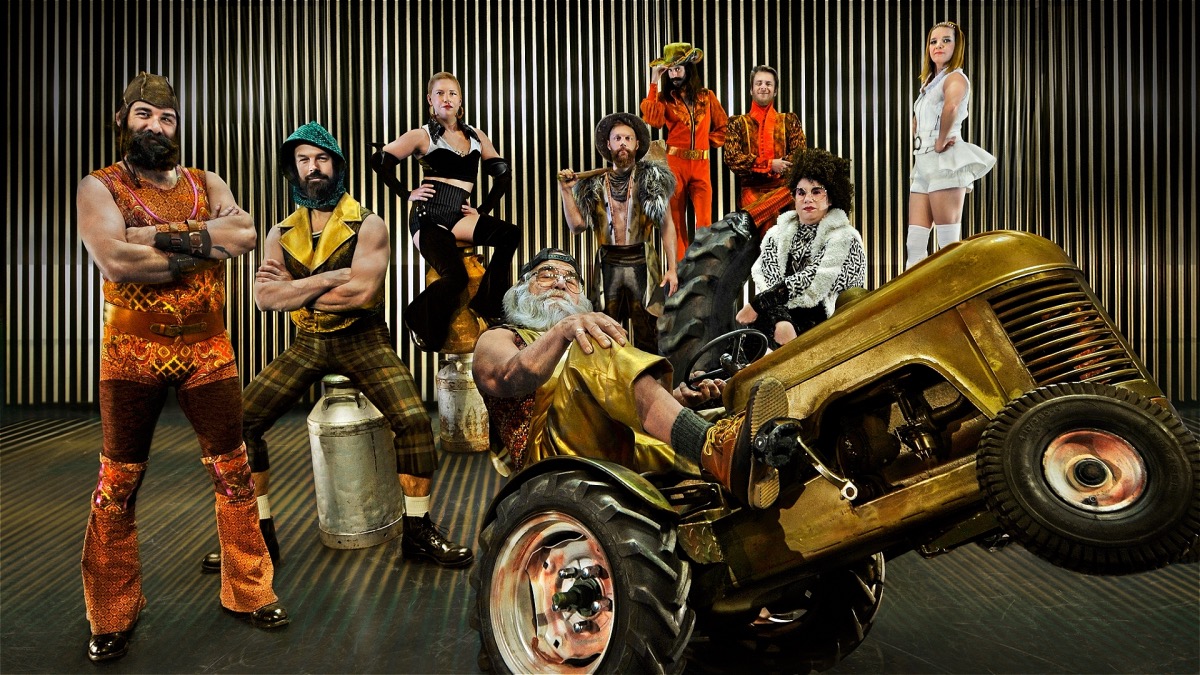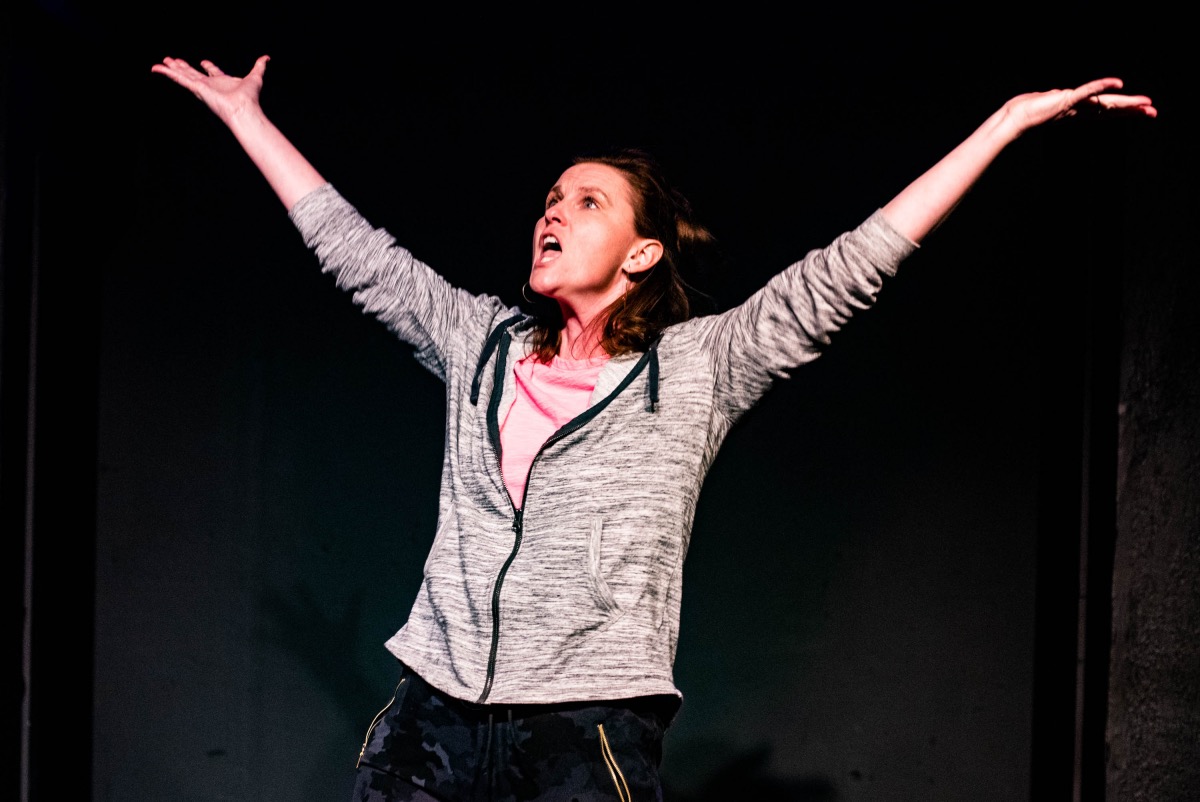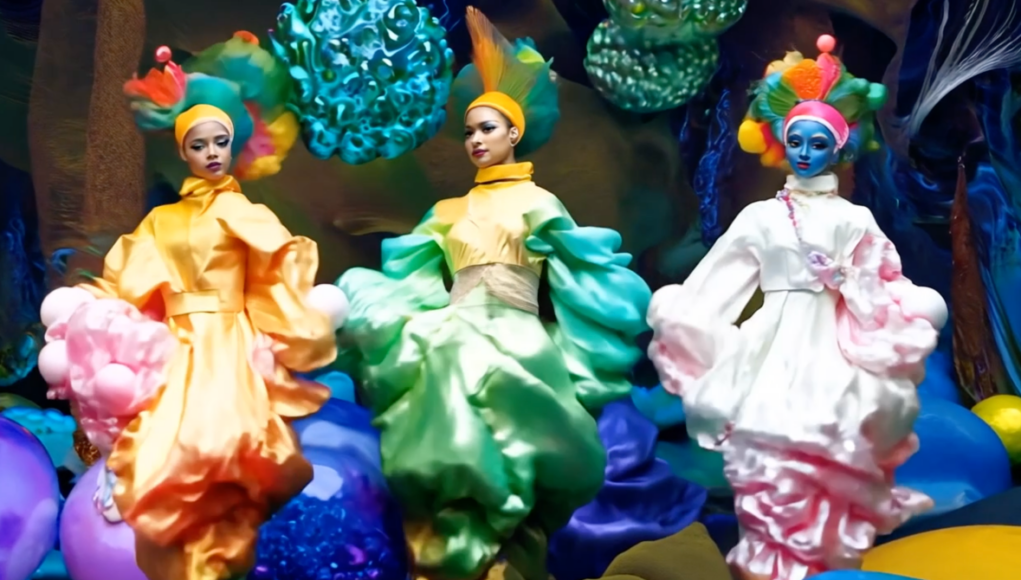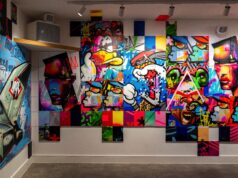What Is It Like? – A Groundbreaking Exhibition at arebyte Gallery
Dates: February 27 – May 4, 2025
Press Preview: Thursday, February 27, 4:30 – 5:30 pm
Opening Evening: Thursday, February 27, 6:30 – 9 pm
Location: arebyte Gallery, Java House, 7 Botanic Square, London City Island, E14 0LG
Curated by Helen Starr, What Is It Like? is an upcoming group exhibition that explores the subjective nature of reality through the lens of digital art and AI technologies. Drawing inspiration from Thomas Nagel’s 1974 paper What Is It Like to Be a Bat?, the show probes the complexities of perception, consciousness, and human experience. The exhibition uses a variety of digital mediums, such as soundscapes, virtual reality (VR), game engines, and the metaverse, to create immersive, interactive artworks that examine the limitations of AI and its inability to achieve true sentience.
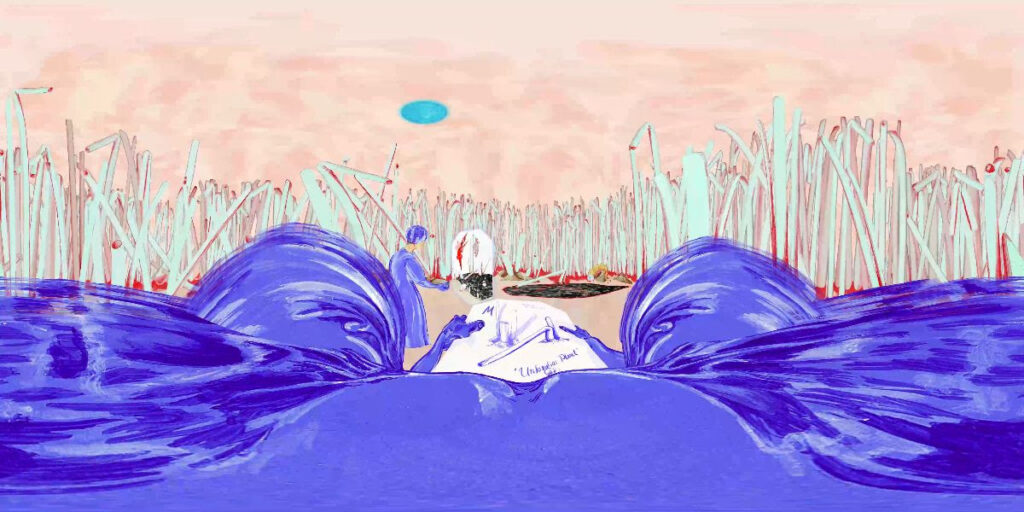
Running from February 27 to May 4, 2025, at arebyte Gallery in London, What Is It Like? will feature works by six artists: Anna Bunting-Branch, Damara Inglês, Choy Ka Fai, Katarzyna Krakowiak Balka, Lawrence Lek, and Kira Xonorika. These artists explore diverse themes such as memory, emotion, and embodiment, while questioning how AI systems create and simulate reality.
The exhibition challenges the misconception that AI is conscious or self-aware. Despite its capacity to generate immersive experiences, AI lacks the embodied sensory experiences that contribute to human consciousness. Through their works, the artists emphasize that AI’s capabilities are limited, unable to fully replicate human emotions, self-awareness, or the nuanced nature of lived experience.
Key Works and Themes
- Anna Bunting-Branch’s META (2019) uses 360-degree VR animation to immerse viewers in two simultaneous realities, exploring Nagel’s question of what it’s like to be another.
- Choy Ka Fai’s Unbearable Darkness (2022) recreates Butoh dance movements through cybernetic experimentation, questioning how memory filters through time.
- Katarzyna Krakowiak Balka’s sound sculpture Oh no, please don’t (2016) transforms a Fluxus poem into an immersive auditory experience, challenging the boundaries between conscious and unconscious listening.
- Damara Inglês’s Fashion Cyph3r (2022) explores how avatars in virtual spaces can transform emotional expression, particularly in dealing with grief.
- Lawrence Lek’s Nepenthe (2021) takes viewers on a melancholic journey through the ruins of China’s Old Summer Palace, reflecting on memory, history, and emotion.
- Kira Xonorika’s Deep Time Dance (2024) blends AI, prophecy, and dance, creating a kaleidoscopic exploration of technoscience, temporality, and human emotion.
These works connect with the idea that AI lacks the embodied experiences and long-term memory necessary for true consciousness. While AI can generate simulations of reality, it cannot understand the richness of human experience or emotion.
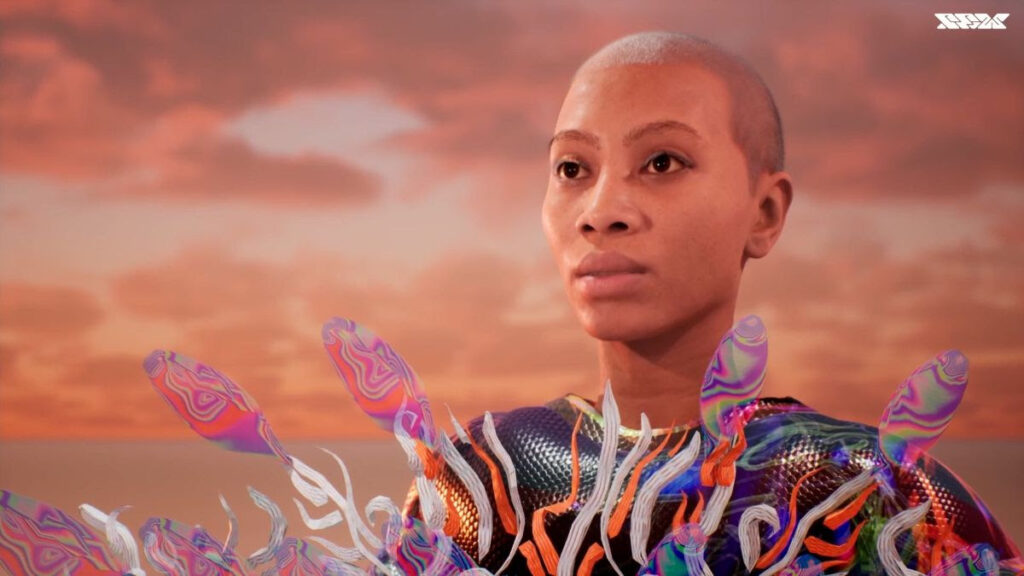
Interactive Engagement
An interactive element of the exhibition invites visitors to engage directly with the works. The gallery features large, latticed sliding panels that mimic the process of memory retrieval. By aligning these panels, visitors unlock hidden cinematic experiences, reflecting the ways both human cognition and machine learning access and process data.
This aspect of the exhibition encourages visitors to reflect on their own subjective experiences while exploring the diversity of perspectives across cultures, genders, and realities. It underscores the concept of multiple Dasein — the existence of different ways of being in the world.
What Is It Like? offers an opportunity to reflect on the limitations of AI and the depth of human consciousness. Through engaging and thought-provoking works, it raises essential questions about perception, memory, and emotion in the digital age. Running from February 27 to May 4, 2025, at arebyte Gallery, this exhibition invites visitors to explore the nature of reality and consider what it truly means to experience the world.
Don’t miss the chance to be part of this groundbreaking exploration of art, technology, and the human mind.

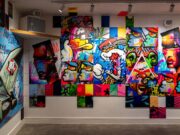
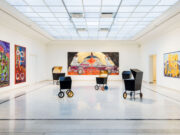
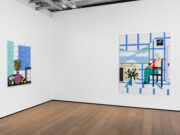


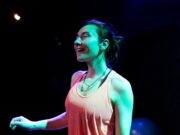
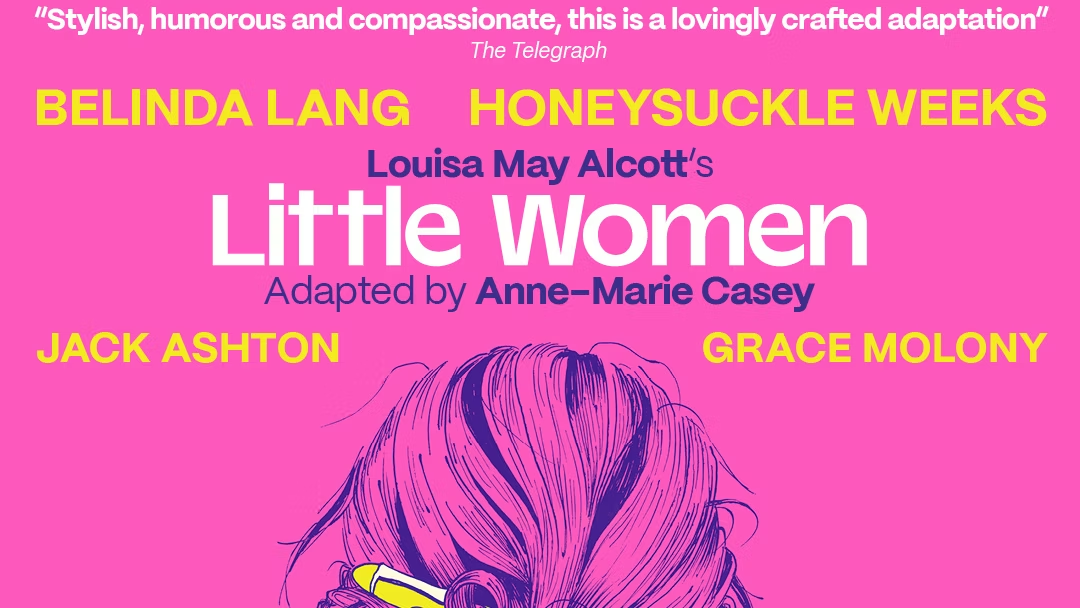

![Antigone [on strike] | Review Ali Hadji-Heshmati and Hiba Medina in Antigone [on strike] at Park Theatre, London. Photo: Nir Segal](https://theartiscapegallery.com/wp-content/uploads/2025/02/Antigone-on-strike-photo-by-Nir-Segal-D1_Standard-180x135.jpg)
